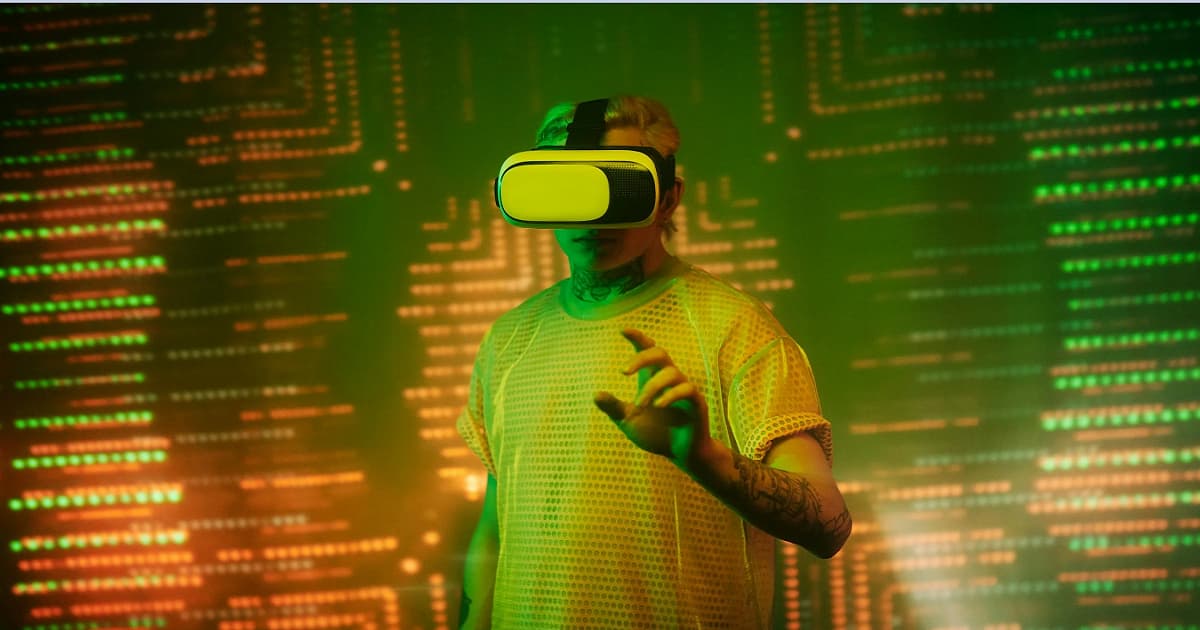- 2.5Impact Factor
- 5.5CiteScore
- 20 daysTime to First Decision
Advanced Virtual, Augmented, and Mixed Reality: Immersive Applications and Innovative Techniques: 2nd Edition
This special issue belongs to the section “Computing and Artificial Intelligence“.
Special Issue Information
Dear Colleagues,
AR/VR has grown beyond its science fiction roots, becoming a powerful visualization tool using and creating immersive software and hardware technology. This technology provides a more immersive experience than traditional vignette approaches to evoke instant perception and comprehension. The COVID-19 pandemic has accelerated the need for enhancements in technology with such research and immersive tools. Zoom, for instance, is a prime tool for remote learning, conferencing, meeting of minds, etc. VR also uses remote sensing devices to inspect, diagnose, and maintain products and projects remotely. The technology has not yet reached a mature state because of the cost of equipment, but this is not a deterrent to content developers, and more research is continuing to be carried out to combat this.
Research interest in virtual reality education is rapidly growing beyond the limits of imagination in many areas, leading to various innovative applications that are of use for both researchers and the general public. This includes several industries such as automotive, healthcare, psychology, education and training, tourism, manufacturing, civil engineering, commerce (advertising and retail sales), military, architecture, and research and development. VR is also akin to perception, immersion, and visualization. Moreover, the innovators in each industry continue to explore ways to tap into the unlimited potential of VR in abstract and real environments.
In 2023, the trend is anticipated to involve the exploration and exploitation of AR as much as possible. AR trends show that it is increasingly being adopted in automotives, healthcare, marketing, engineering, and education, and there is a rapidly growing demand for professionals who are proficient in virtual reality (VR) and augmented reality (AR). In the context of these recent innovations, AR and VR will soon be integral aspects of society. We welcome original papers in all areas of virtual reality and augmented reality applications in natural and social sciences.
Dr. Chaman Sabharwal
Guest Editor
Manuscript Submission Information
Manuscripts should be submitted online at www.mdpi.com by registering and logging in to this website. Once you are registered, click here to go to the submission form. Manuscripts can be submitted until the deadline. All submissions that pass pre-check are peer-reviewed. Accepted papers will be published continuously in the journal (as soon as accepted) and will be listed together on the special issue website. Research articles, review articles as well as short communications are invited. For planned papers, a title and short abstract (about 250 words) can be sent to the Editorial Office for assessment.
Submitted manuscripts should not have been published previously, nor be under consideration for publication elsewhere (except conference proceedings papers). All manuscripts are thoroughly refereed through a single-blind peer-review process. A guide for authors and other relevant information for submission of manuscripts is available on the Instructions for Authors page. Applied Sciences is an international peer-reviewed open access semimonthly journal published by MDPI.
Please visit the Instructions for Authors page before submitting a manuscript. The Article Processing Charge (APC) for publication in this open access journal is 2400 CHF (Swiss Francs). Submitted papers should be well formatted and use good English. Authors may use MDPI's English editing service prior to publication or during author revisions.
Keywords
- virtual reality
- augmented reality
- digital
- immersion
- remote
- AR and AI

Benefits of Publishing in a Special Issue
- Ease of navigation: Grouping papers by topic helps scholars navigate broad scope journals more efficiently.
- Greater discoverability: Special Issues support the reach and impact of scientific research. Articles in Special Issues are more discoverable and cited more frequently.
- Expansion of research network: Special Issues facilitate connections among authors, fostering scientific collaborations.
- External promotion: Articles in Special Issues are often promoted through the journal's social media, increasing their visibility.
- e-Book format: Special Issues with more than 10 articles can be published as dedicated e-books, ensuring wide and rapid dissemination.

